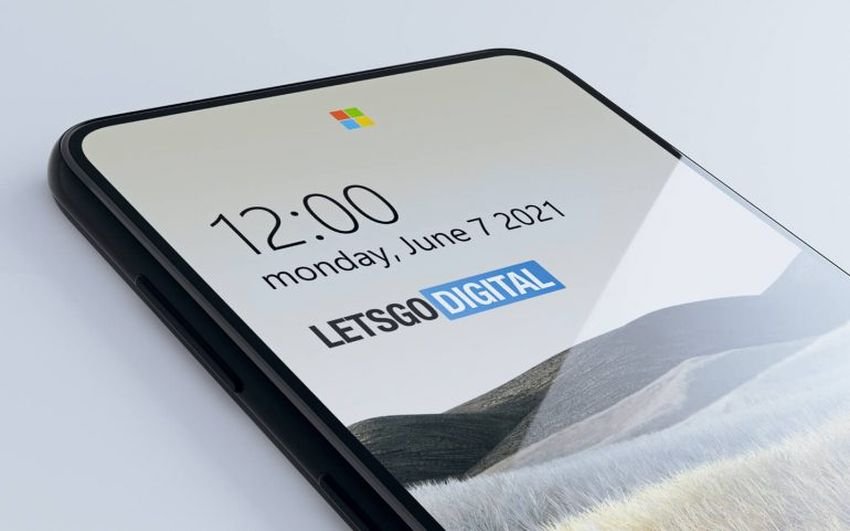Microsoft has patented a unique camera solution for Surface phones and tablets. He hides her under her screen.

Although cell phone manufacturers and tablets still face precalls about the quality of the front camera, 2022 will probably be the year when these cameras will be hidden under the screen. According to LetGoDigital, Microsoft has patented a unique solution called the Logo Camera.
Their solution uses 4 cameras, each of which is monochrome and tuned to one of the 4 main colors of the Microsoft logo. This trick allows the cameras on the screen to be invisible. Additionally, Microsoft uses these 4 colors of its logo as a color filter for cameras, and only activates them when the camera is active.

This will show a color pattern on the screen, which in the case of Microsoft would conveniently be the company logo. This of course would also work conveniently as an active indicator of an active camera, which is important for privacy, especially with indistinguishable cameras below the screen.
We do not know how another company could bring these basic colors to its measure, but as far as MIcrosoft is concerned it is definitely a very unique approach. The company's patent you can see it here.
Note: The news is broadcast with every reservation, because no matter how much we searched the US Patent Office, we could not find the specific serial number of the patent. The photos are the product of a professional graphic designer who created them from scratch, according to his imagination and based on Microsoft's patent.





